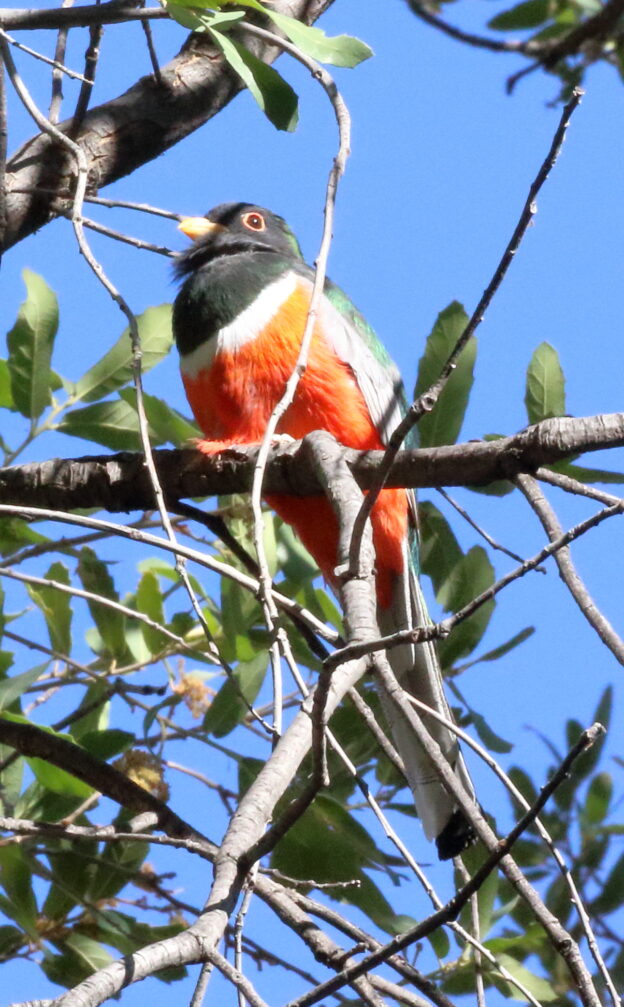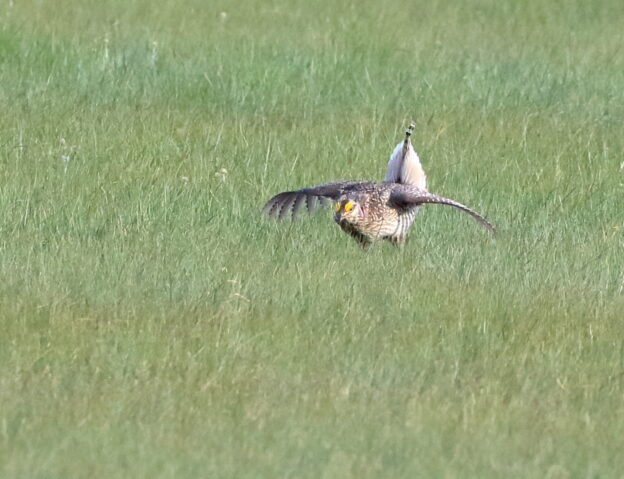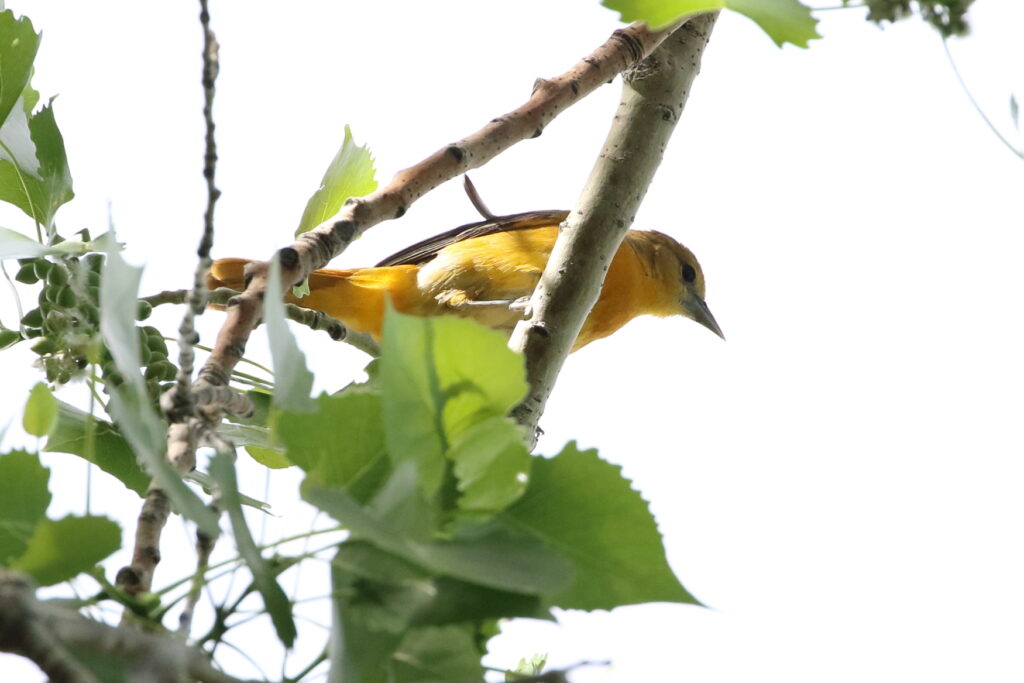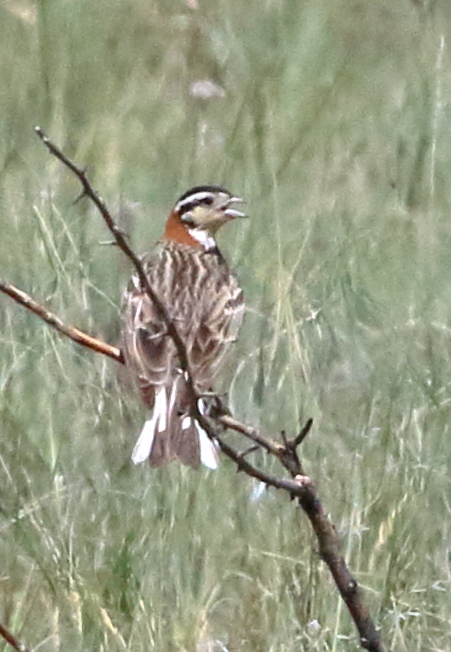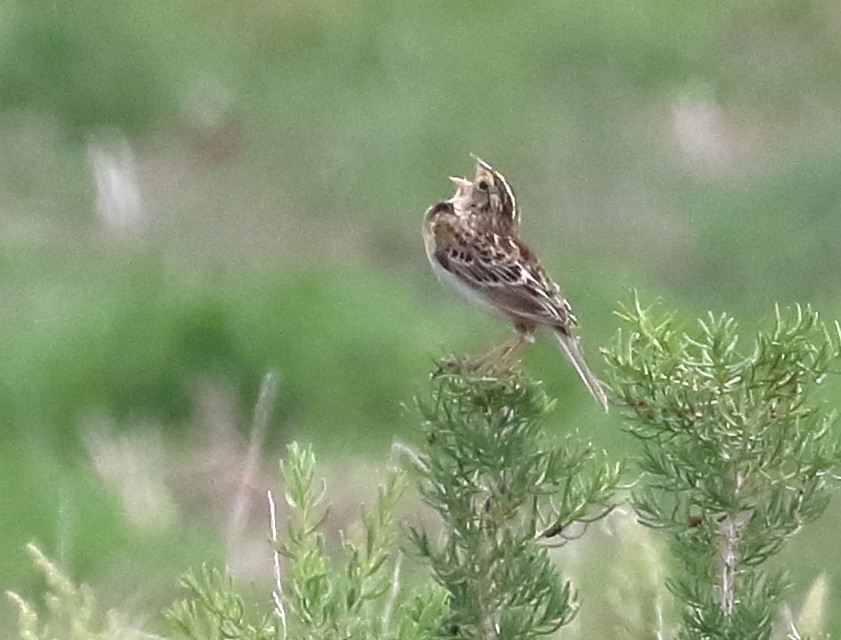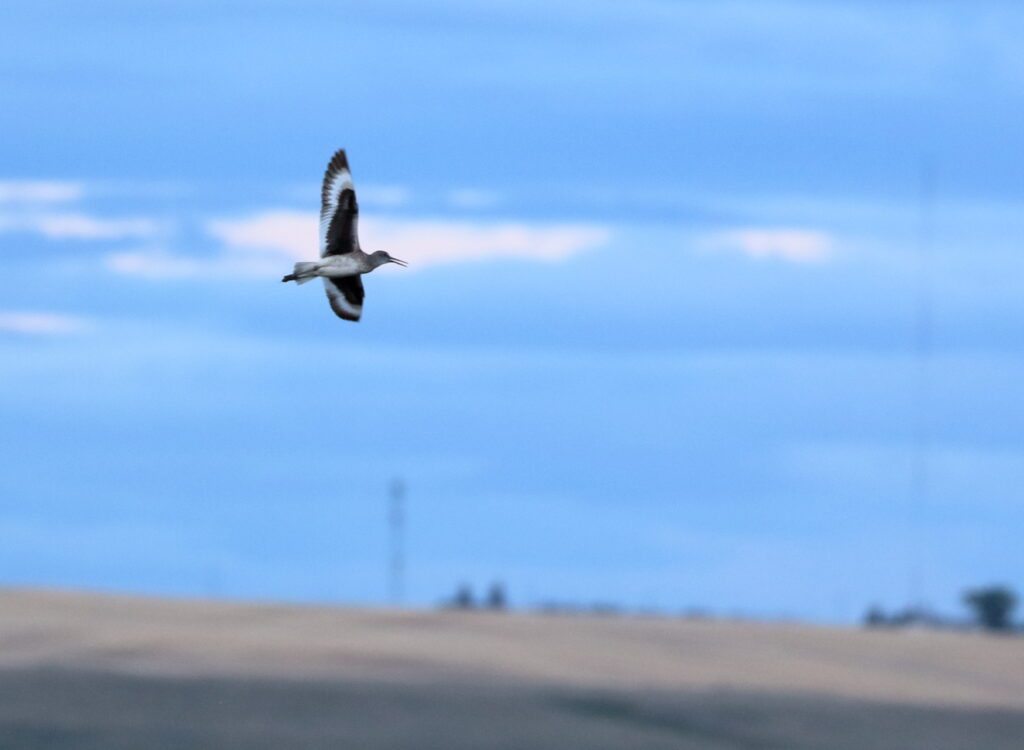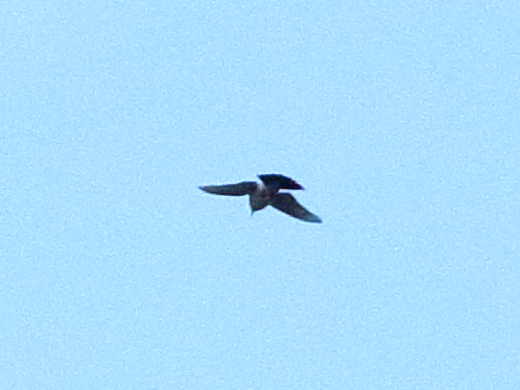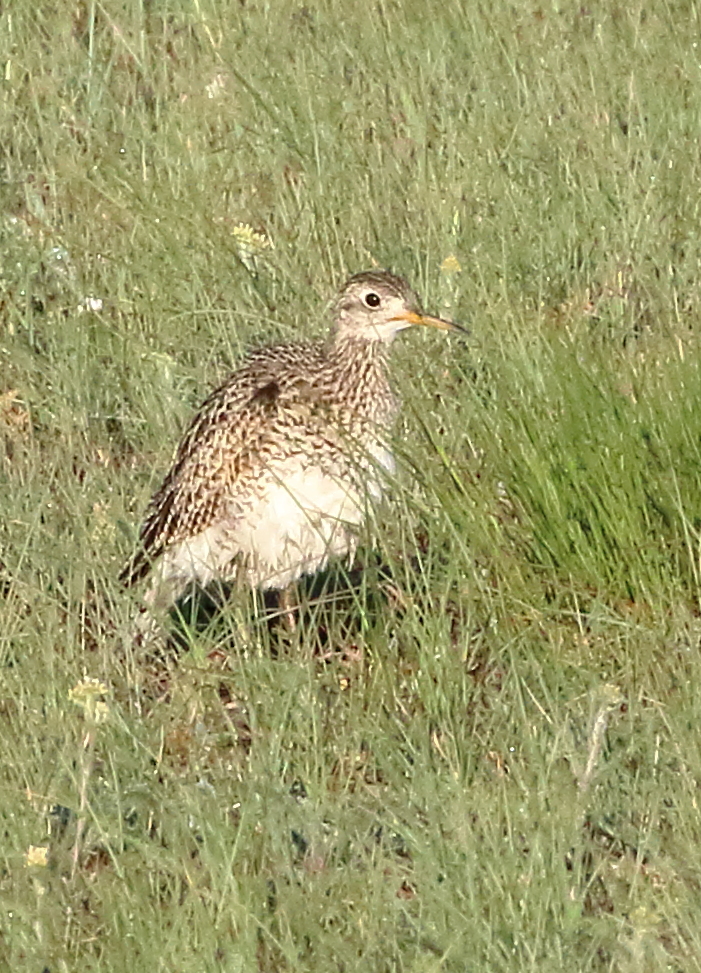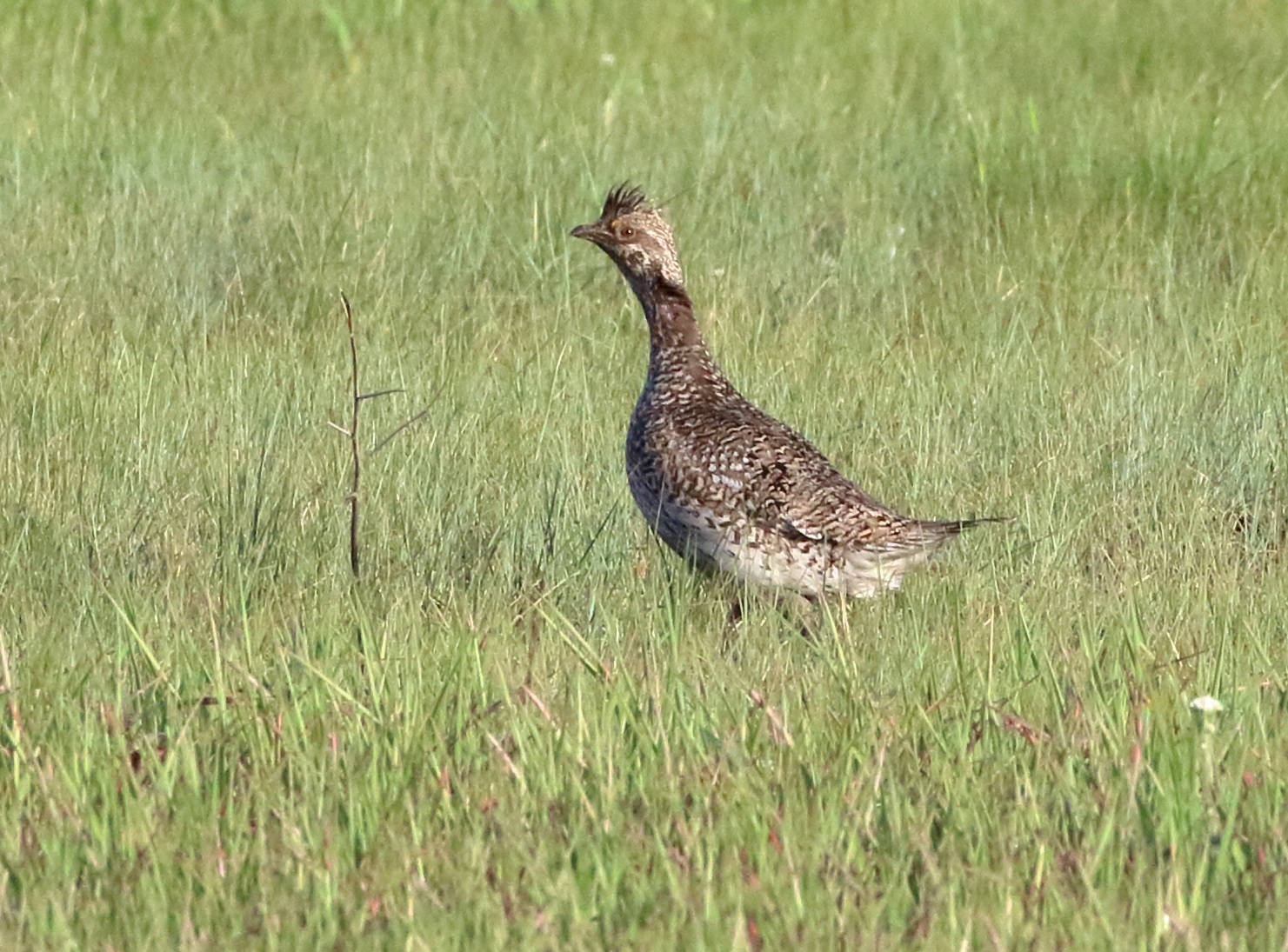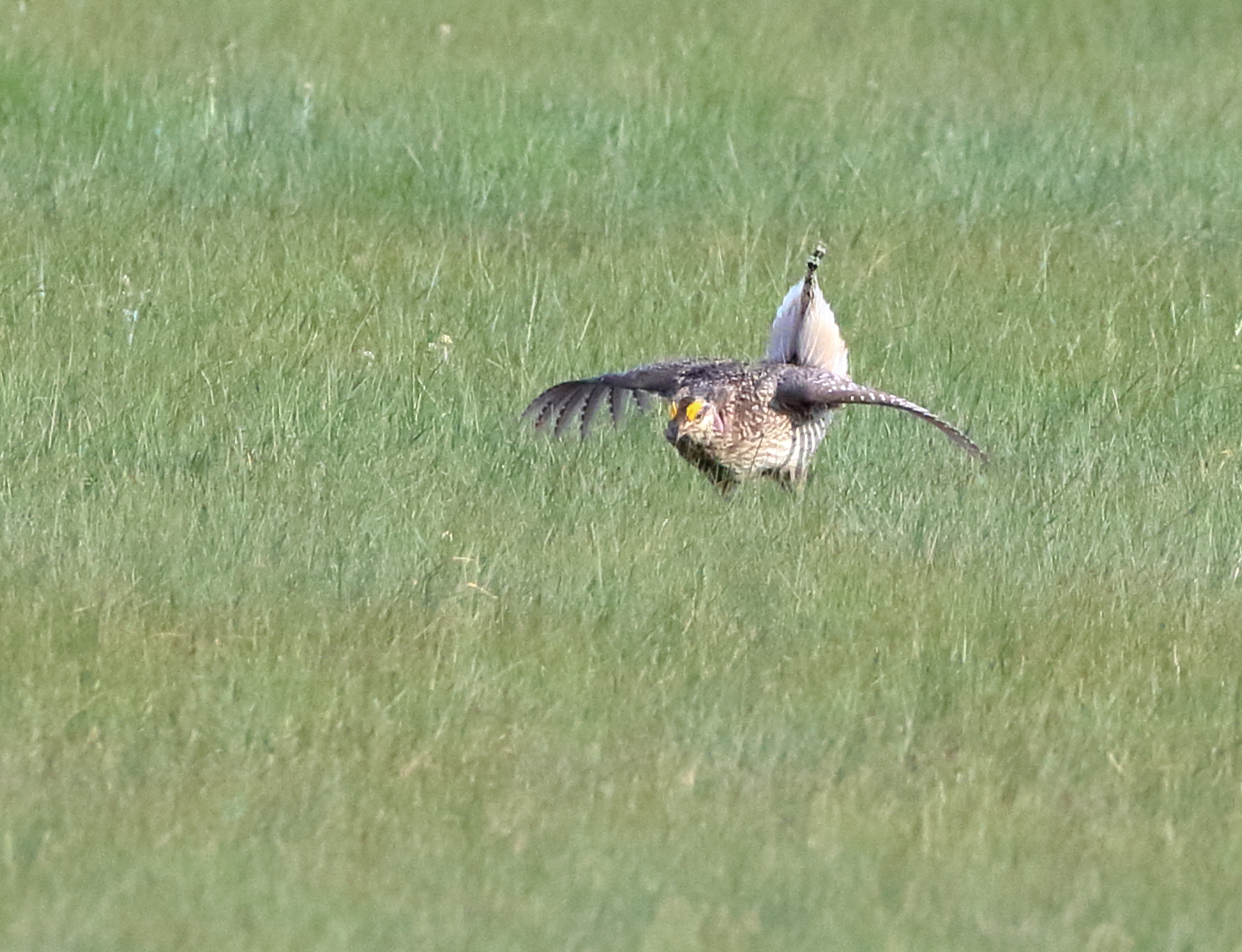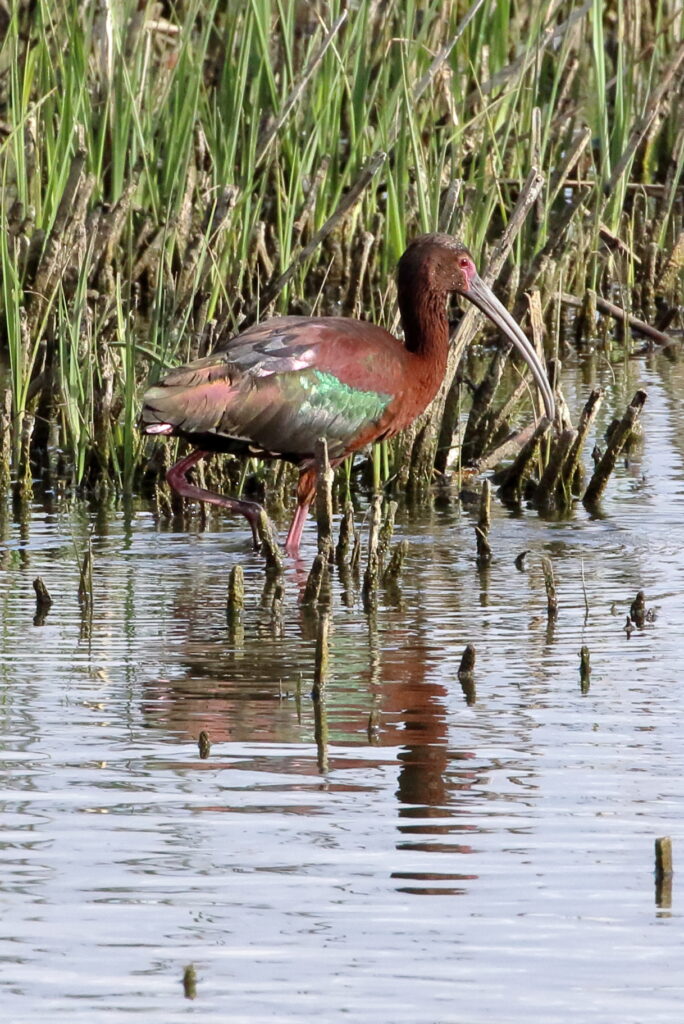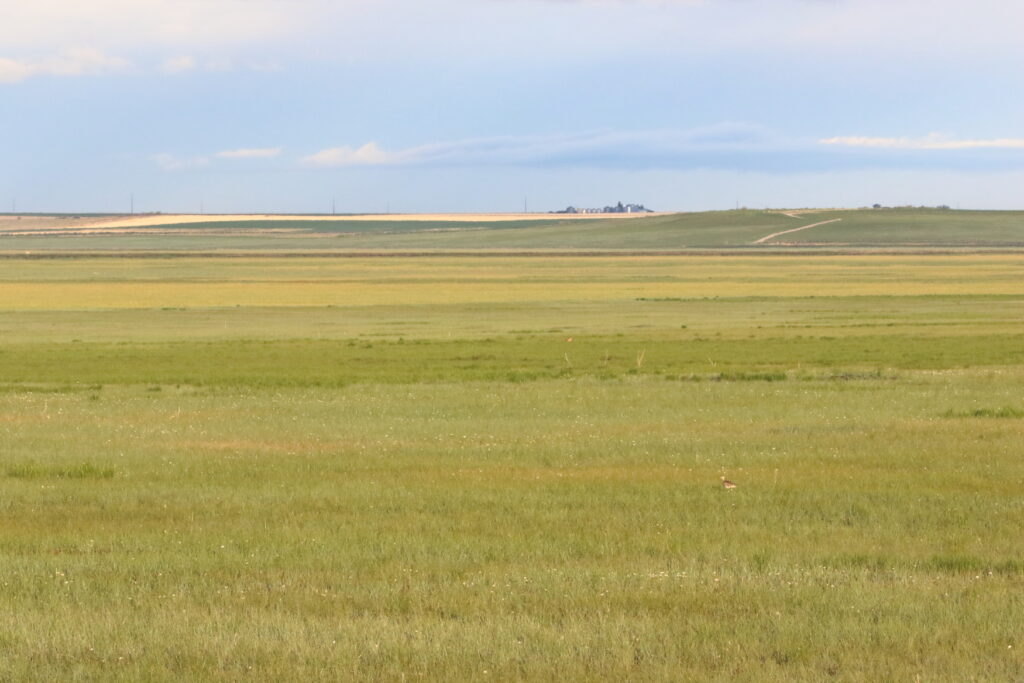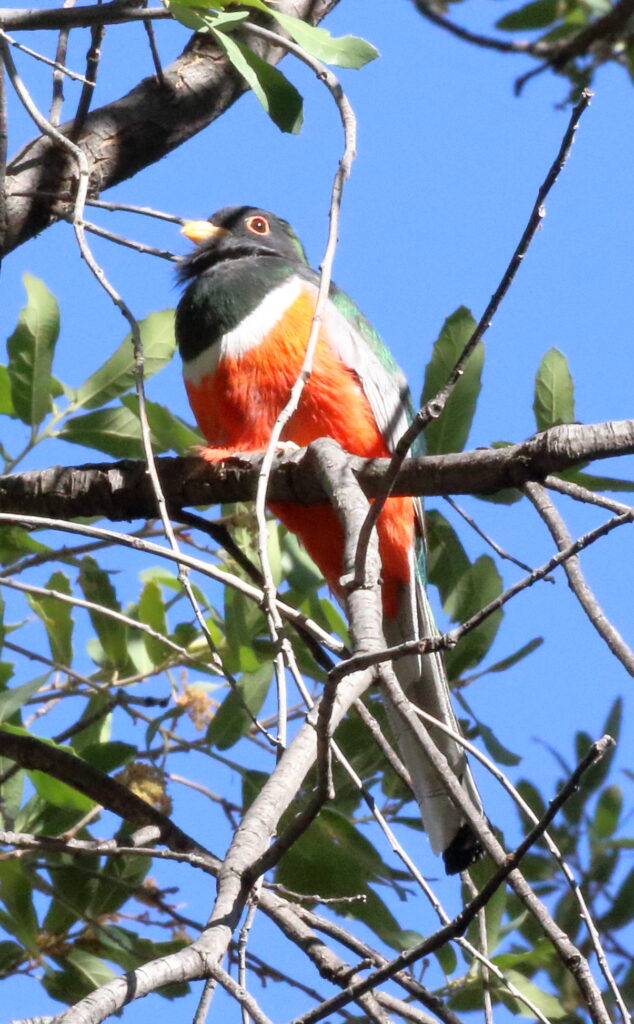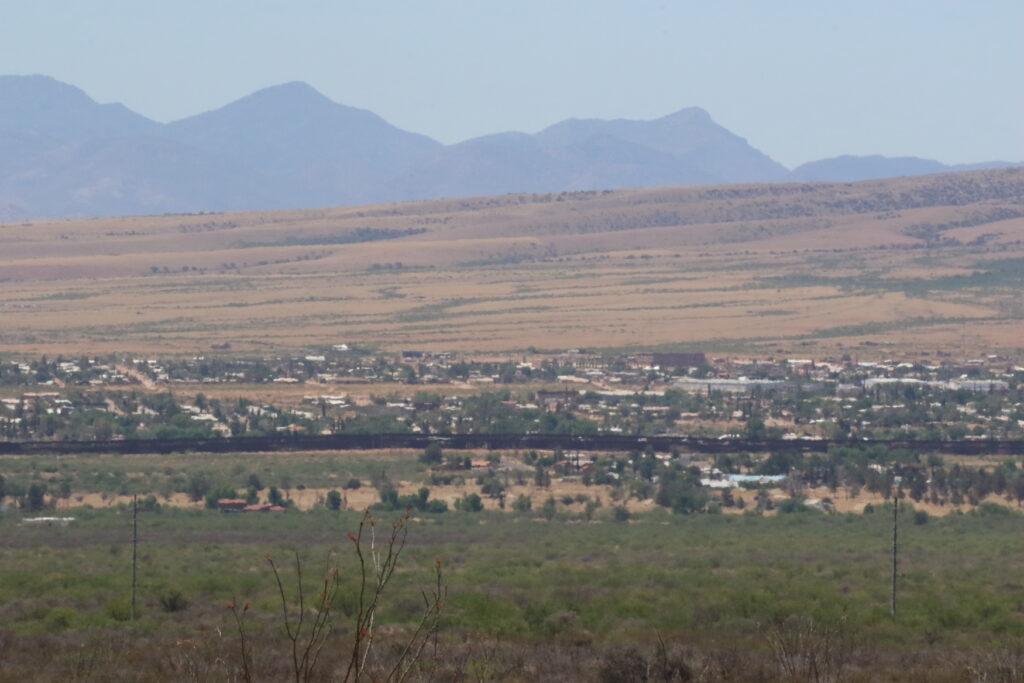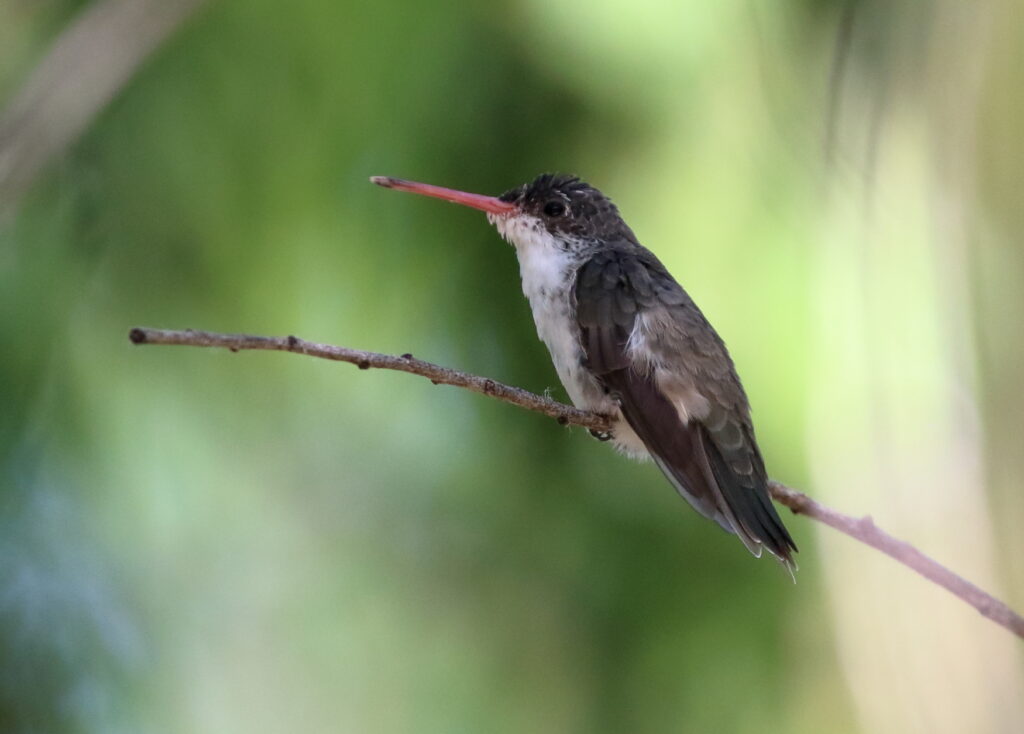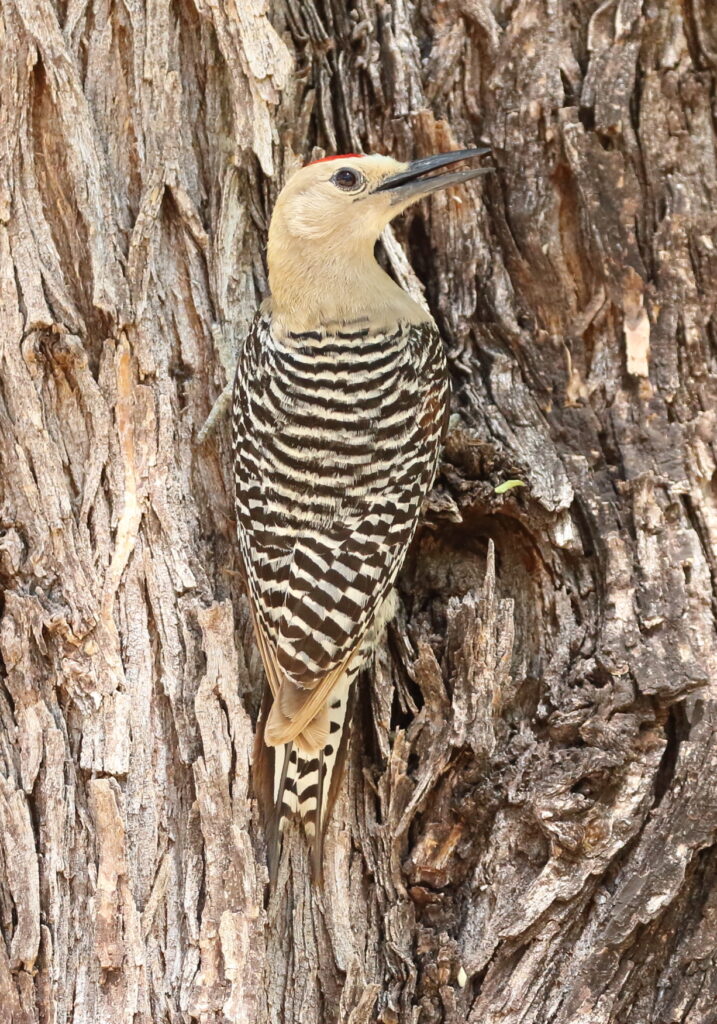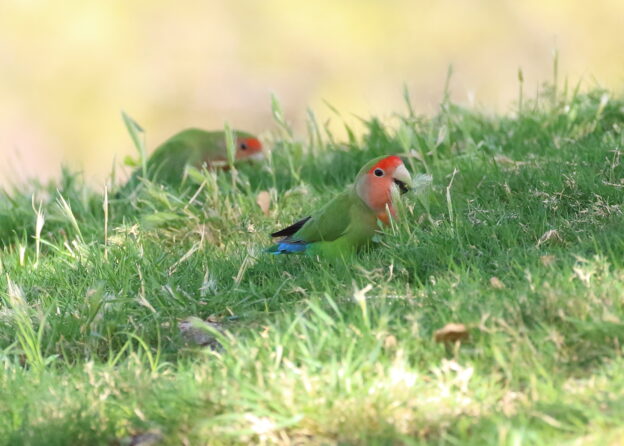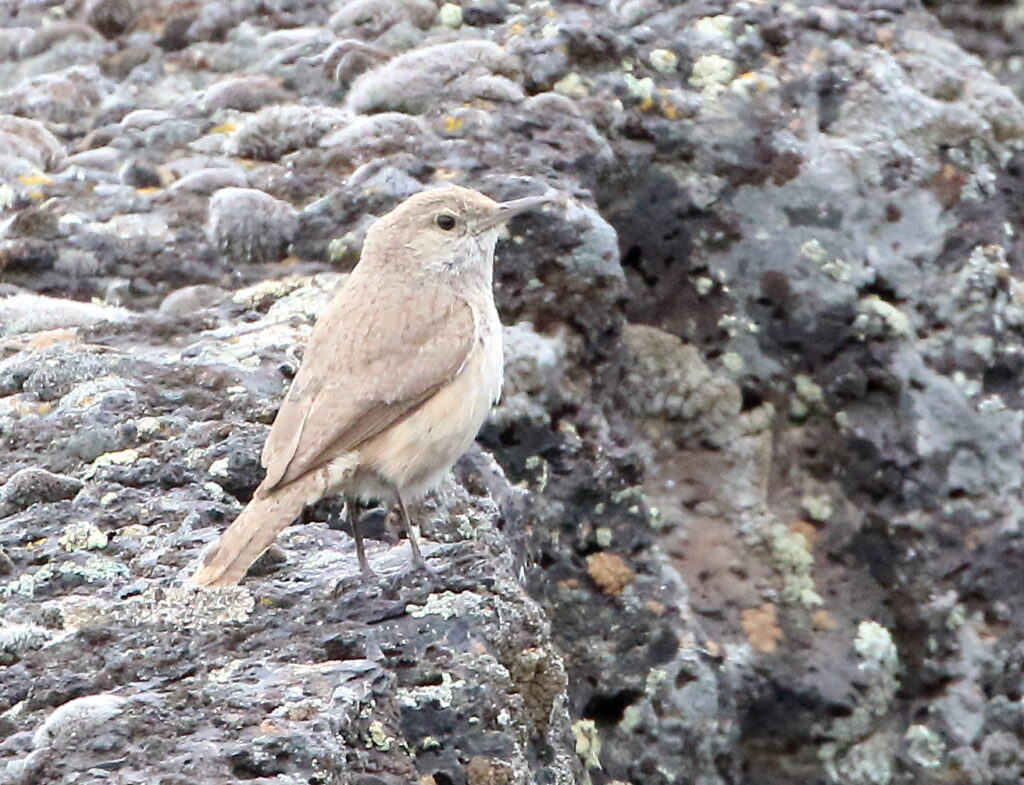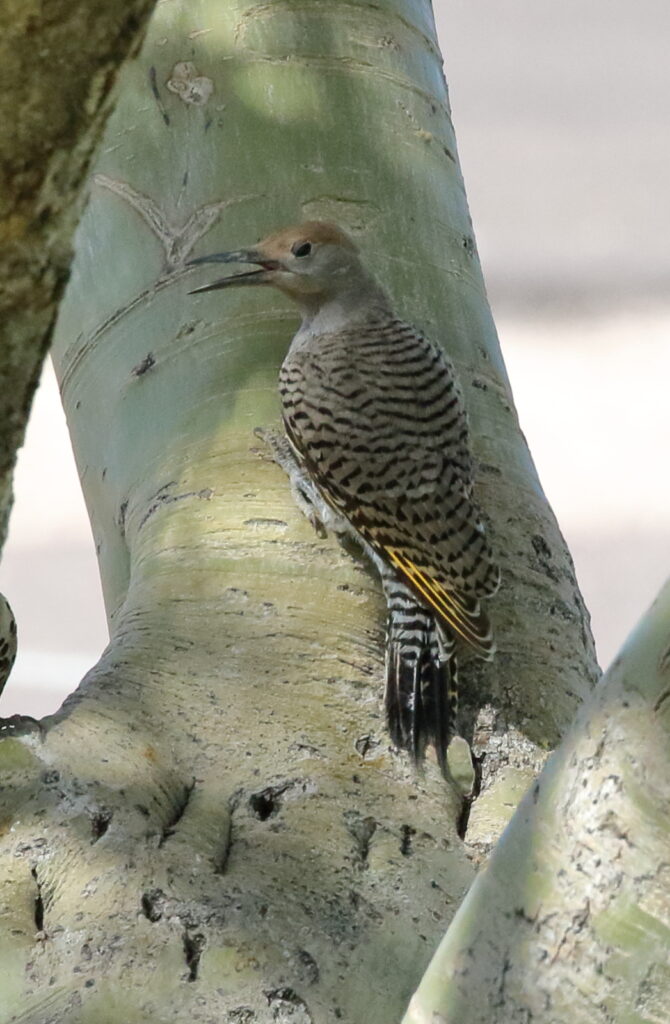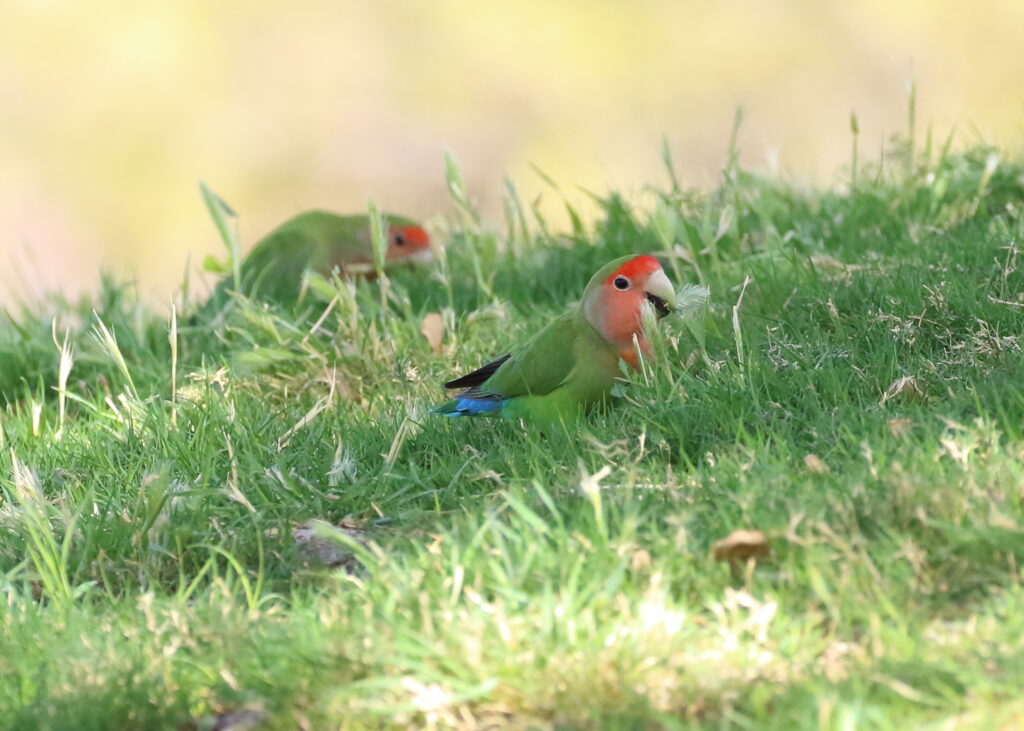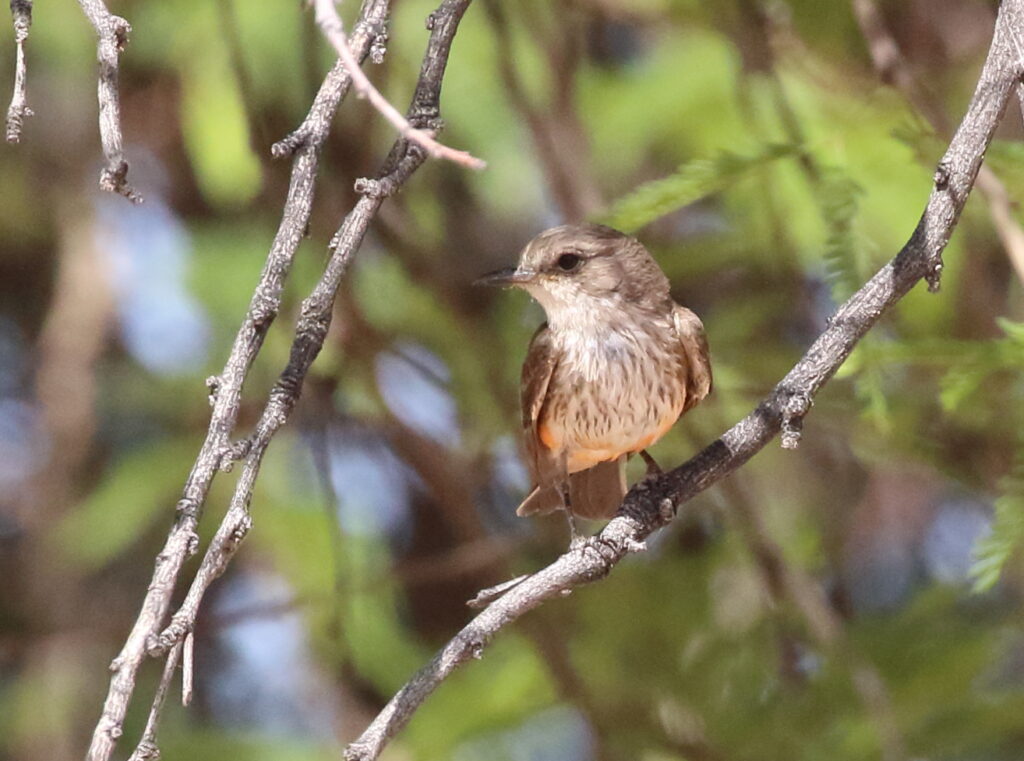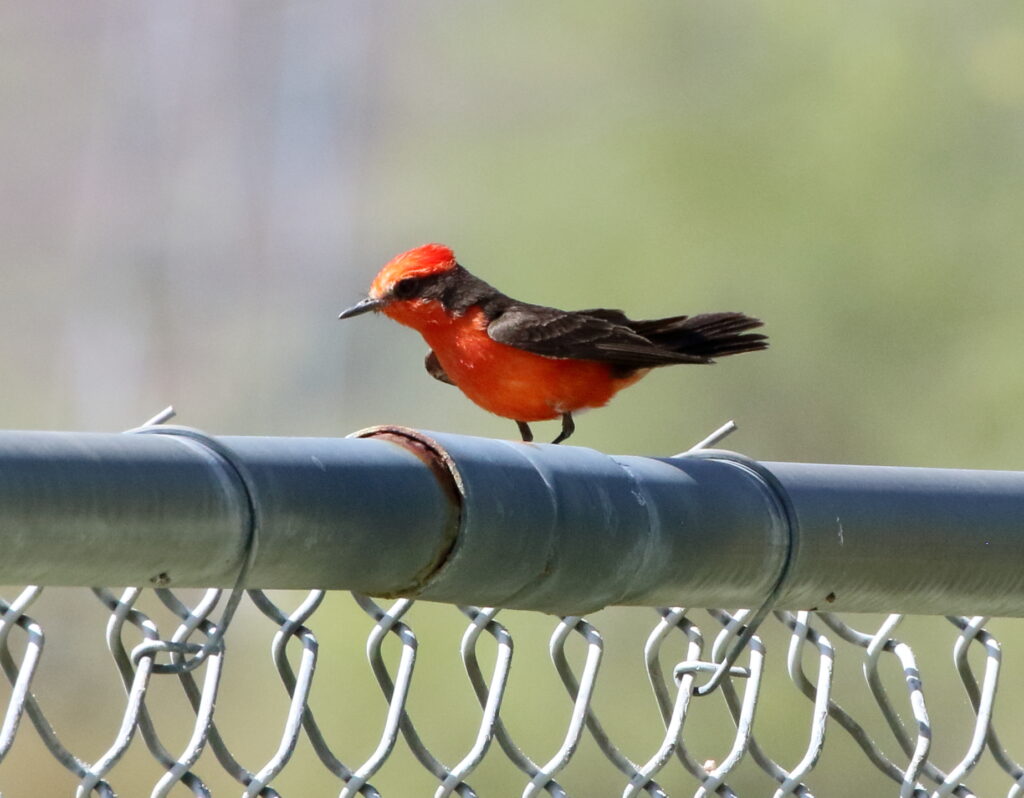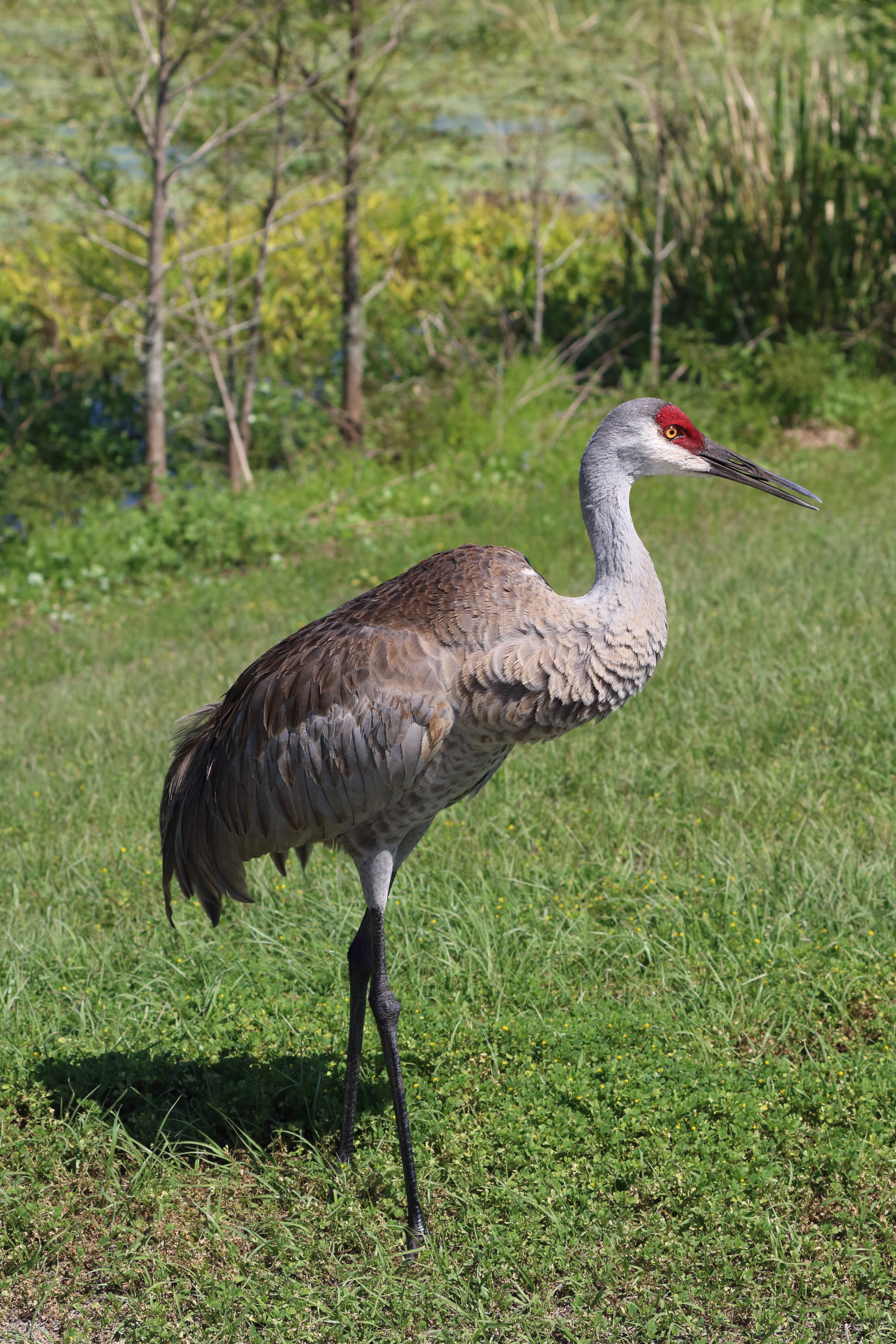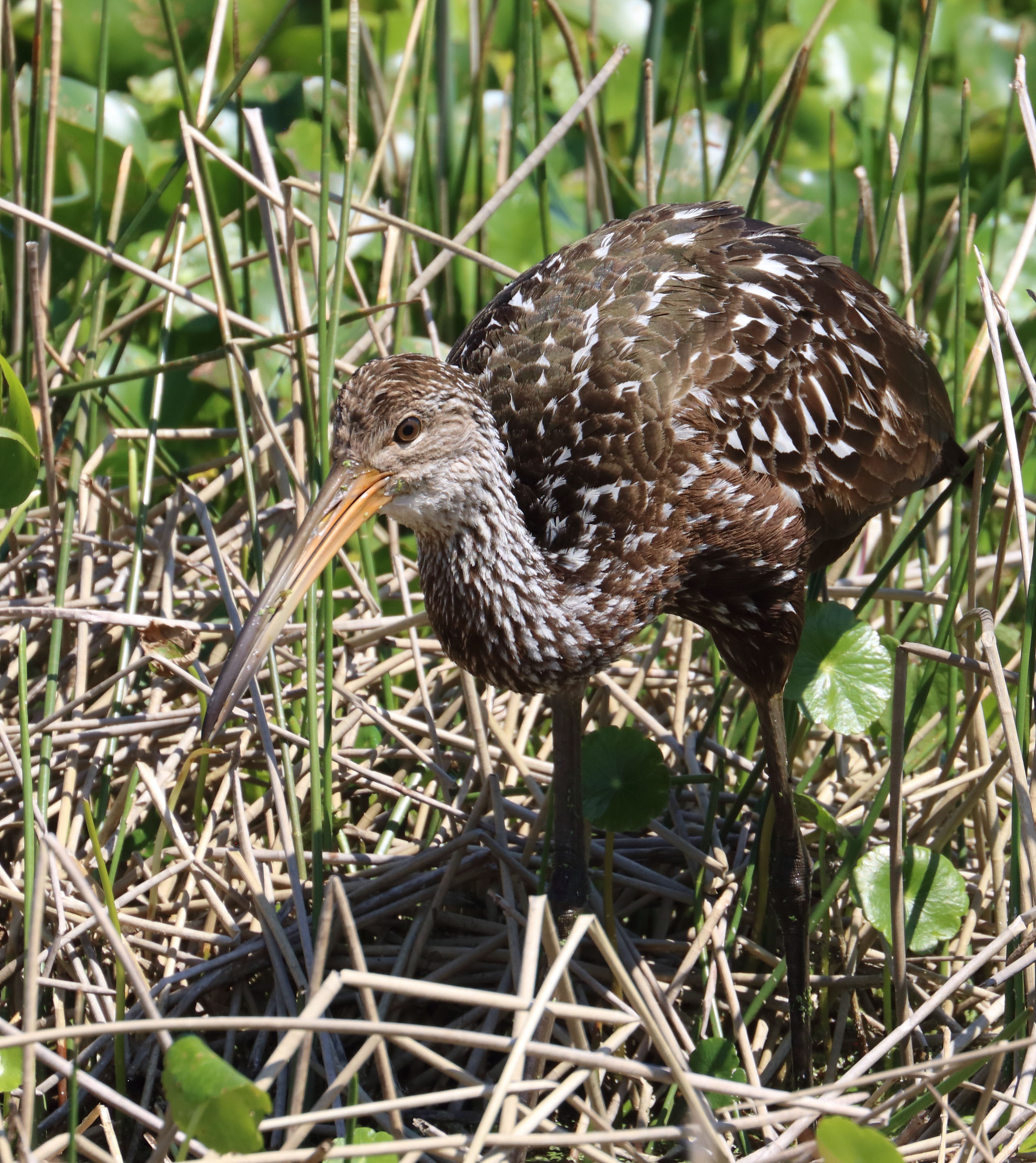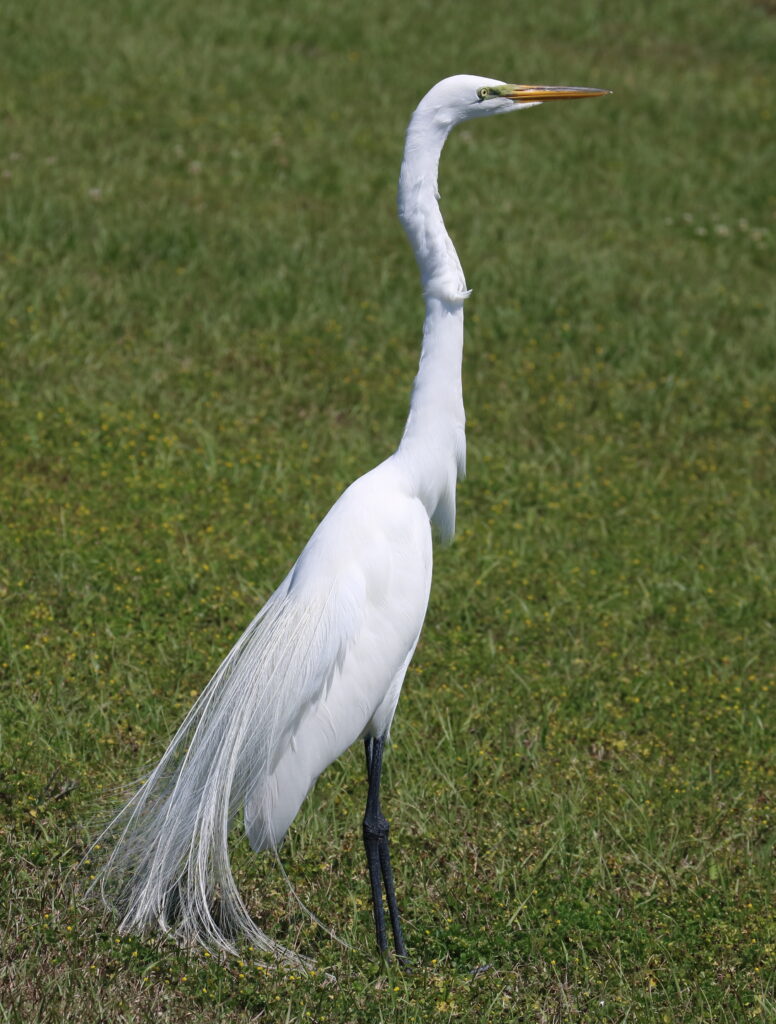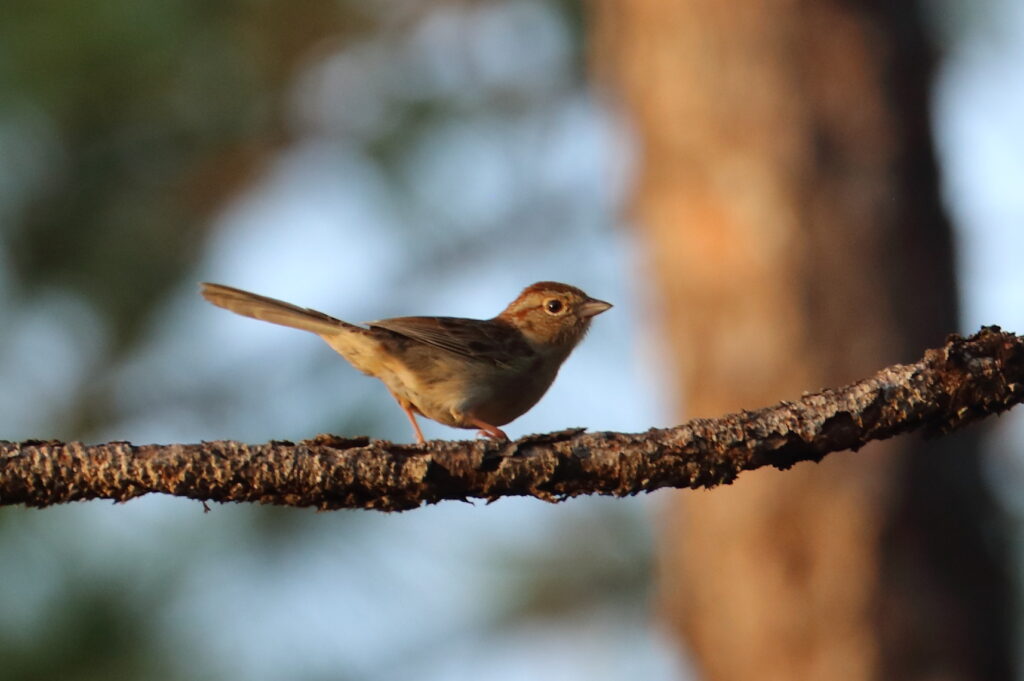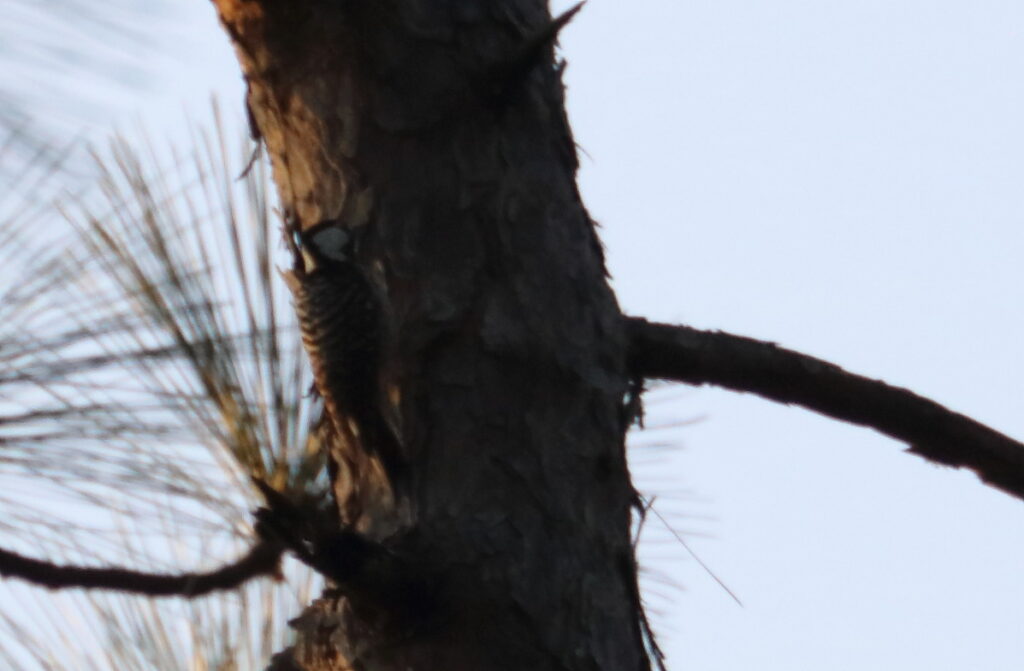A tradition Braden and I have formed over the years is to make top birds lists after any big trip or, as this year, for our entire year of birding. This probably stems from the many hours I listened to Casey Kasem counting down the American Top 40 every weekend as a youth. Our own “Top 40” lists have diverged a bit since Braden is now on the East Coast for most of the year—but this year we still managed to have a lot of birding adventures together, and so have a lot of common birds on our list. It’s funny, though, how some birds we might have been super excited about when we first saw them often drift lower on the list. I suppose it’s like being super excited about Barry Manilow when you first heard him—and then realizing you could be listening to the likes of the Rolling Stones, Neil Young, and John Lee Hooker. Anyway, we thought you might enjoy our Top 10 birds of 2022—and hope you might share some of your own!
# 10
Coming in at Number 10 for Braden was the Florida Scrub-Jay, which is remarkably vulnerable in Florida, but Braden got to see with his birding buddy Nick Ramsey on their epic Spring Break Florida adventure. Read about it here. Sneed’s #10 was an unlikely Cape May Warbler—his Lifer—that he spotted in front of the house of his good friends Mollie and Craig Bloomsmith in Atlanta this fall.
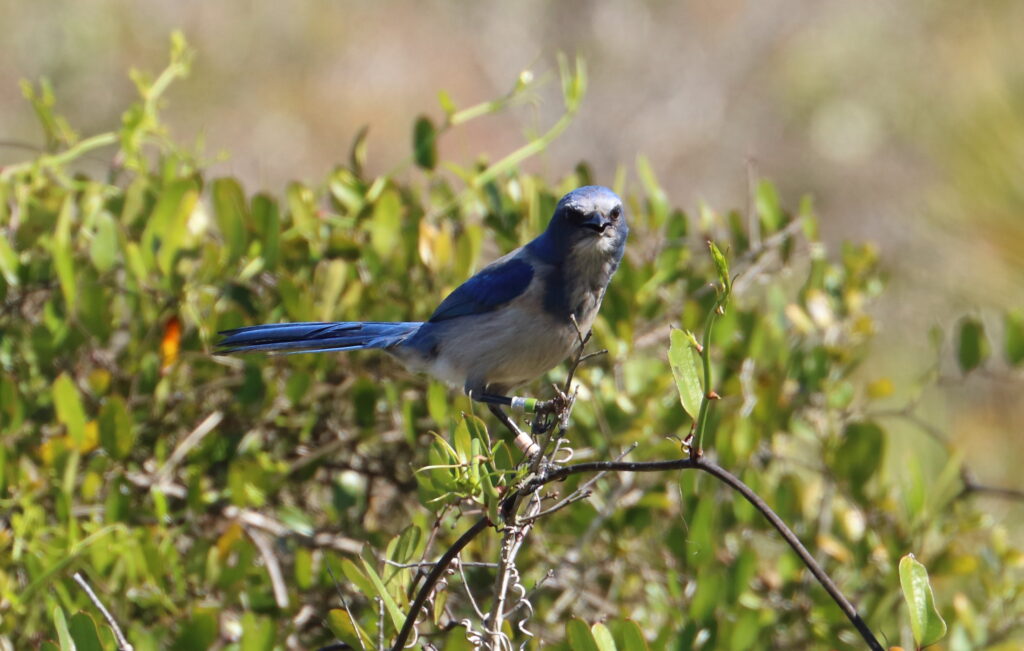
#9
Braden had excellent adventures with Northern Saw-whet Owls while out in California, running into some adorable juveniles while thrashing through the woods during his job with the Institute for Bird Populations. Elegant Trogon finished #9 on Sneed’s list—an exotic bird if there ever was one! And yet, both Braden and Sneed wondered why this bird didn’t finish higher on either of their lists. Probably just too much on the beaten birding path. (Photo at top of the blog.)
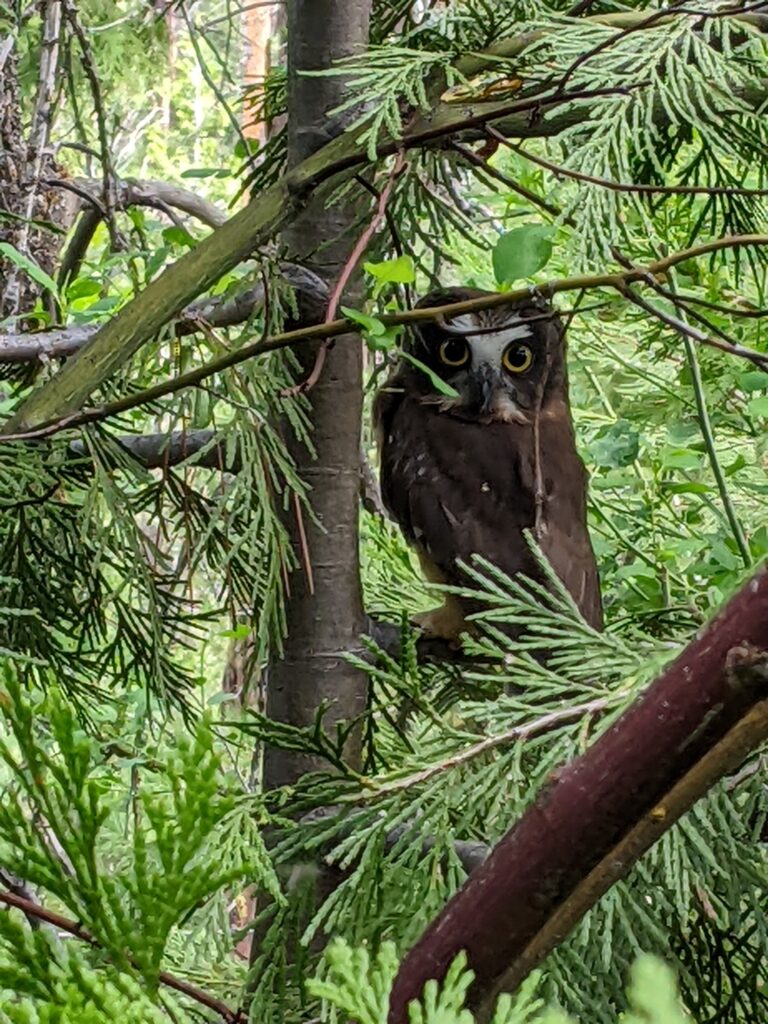
#8
Braden’s night car camping (literally) in the Everglades landed Chuck-will’s-widow on his Top 10 while Zone-tailed Hawk swooped out of a flock of Turkey Vultures at Madera Canyon to nab Sneed’s Number 8.
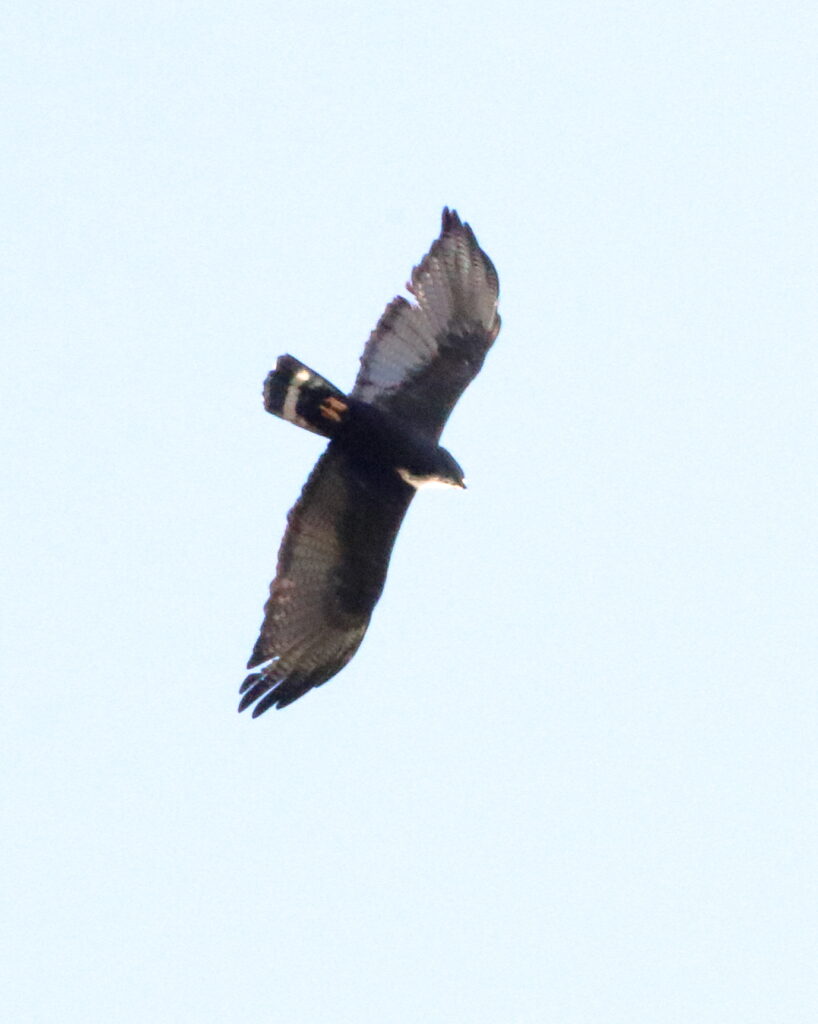
#7
Ah, who doesn’t love a Swallow-tailed Kite—especially one that swoops right over your head? Braden obviously DOES, as yet another bird from his Florida trip snagged a Top Ten spot. Sneed, meanwhile, went with the shockingly beautiful Scott’s Oriole for Lucky Number 7. He and Braden both fell in love with these birds, and were lucky enough to see them several times on their Arizona adventures. In fact . . .
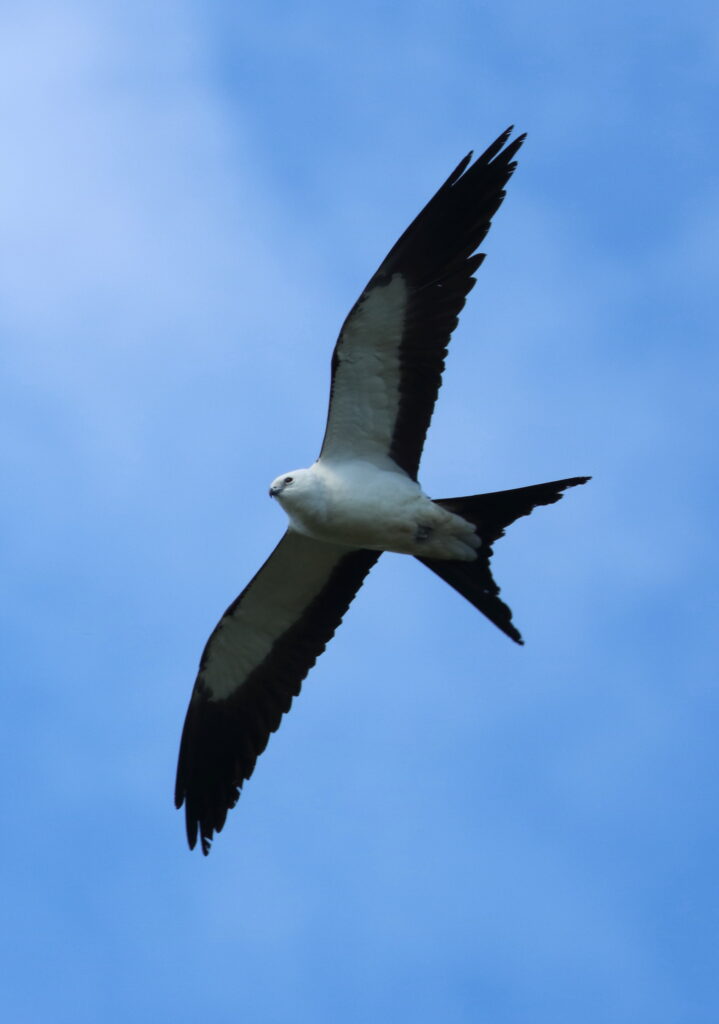
#6
Scott’s Oriole grabbed Braden’s Number 6 while Sneed went with Sulphur-bellied Flycatcher, also in Arizona, in a case that he couldn’t quite explain. “There was just something mysterious and intriguing about that bird,” he was quoted as telling a New York Times reporter.
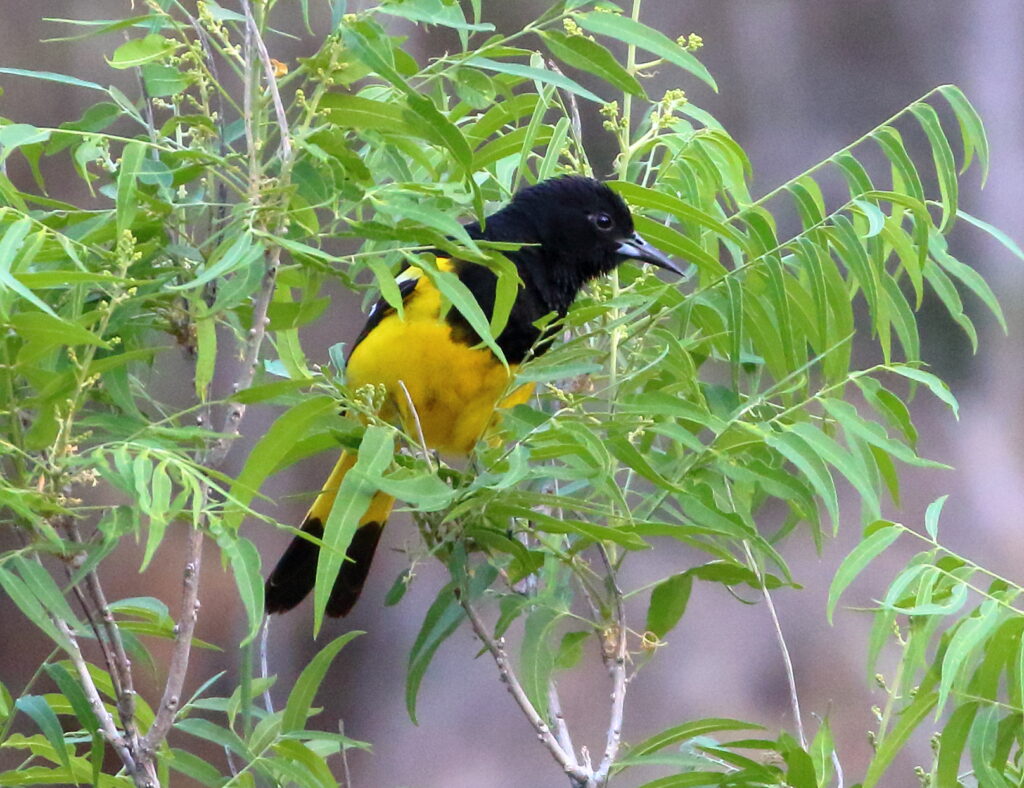
#5
Unfortunately, the same New York Times reporter caught Sneed cheating for Number 5, as he listed THREE birds tied for #5: Mexican Whip-poor-will, Whiskered Screech-Owl, and Elf Owl. “How can you possibly justify this?” demanded the reporter. “Well, I only ever heard these three birds, but we listened to them on a magical night in Portal, walking down a darkened road. It’s just a night that Braden and I won’t ever forget.” Meanwhile Braden went with his many amazing experiences with Prairie Warblers this year for his #5 spot, seeing them throughout Florida, including the Everglades, in Maine, and during the Collard Family’s epic New York City trip in May.
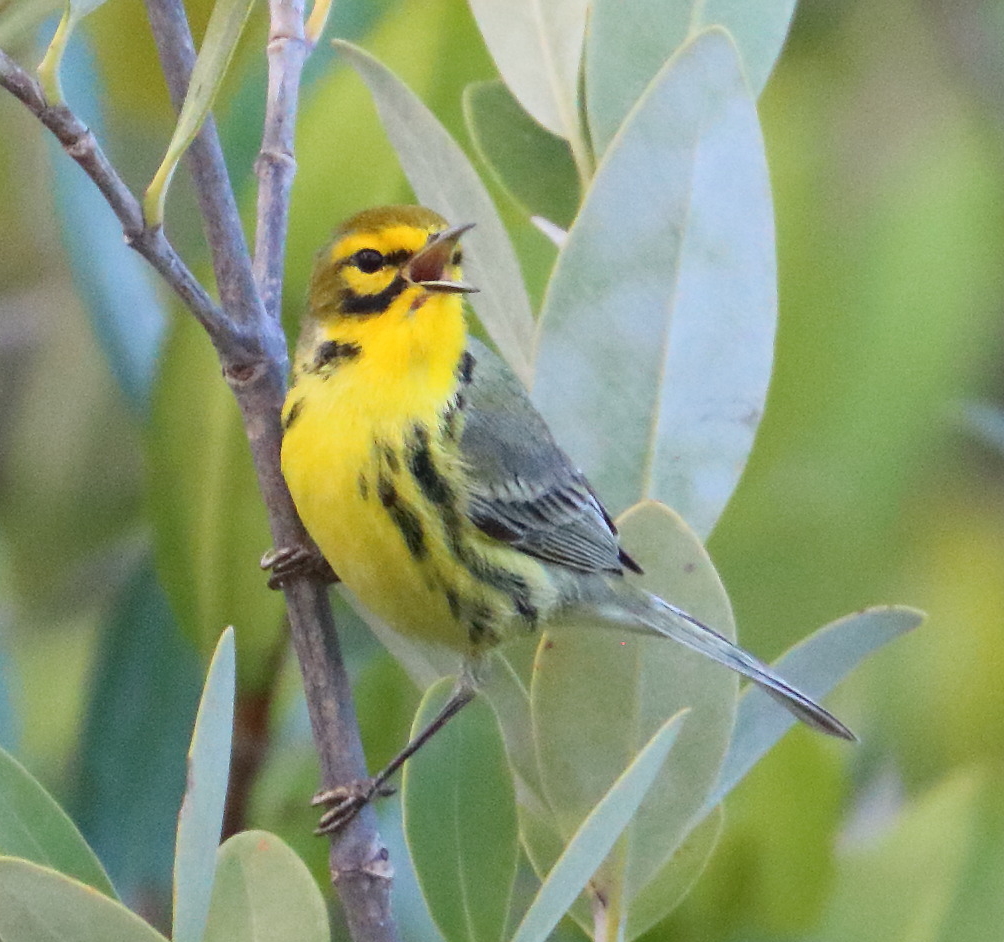
#4
The night walk in Portal also left a big impression on Braden, giving him his Number 4 in the form of Mexican Whip-poor-will. Sneed, meanwhile, went with Red-faced Warbler, spotted just a few miles and a couple thousand feet away—the first, and still only, RFWA the father-son duo has ever seen.
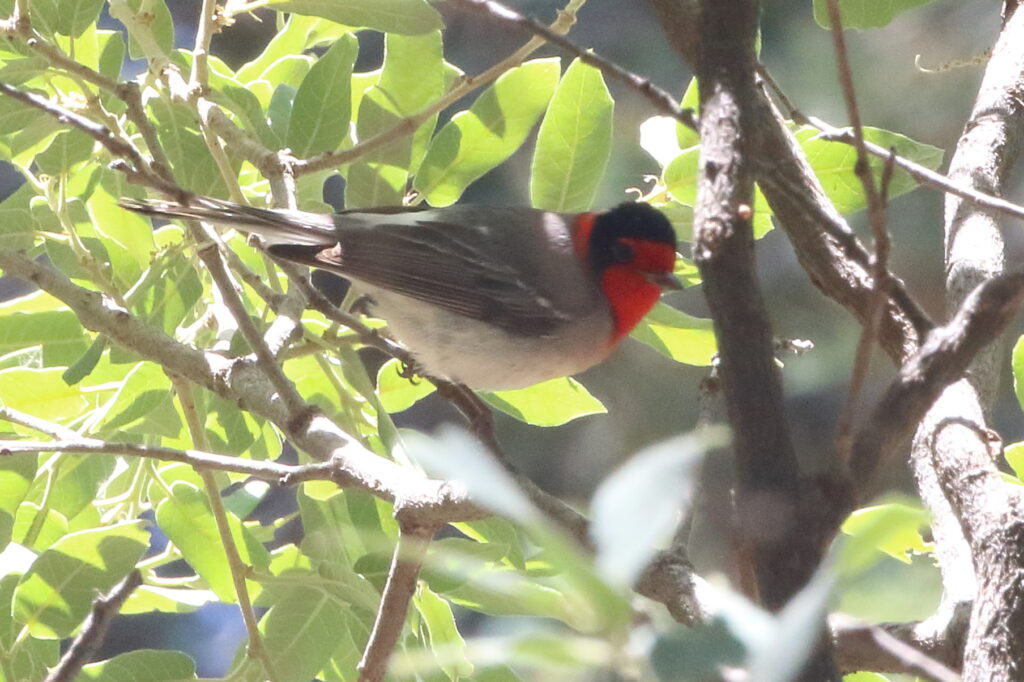
#3
Number 3 is getting into some Serious Birds, and Braden selected Spotted Owl for his. Not only did Sneed and Braden both see them for the first time in the Chiricahuas, Braden got to see the California subspecies several times during his summer job. Sneed went with his recently self-found Long-tailed Duck—the first male he had ever seen—and one he discovered pretty much in his backyard near Missoula.
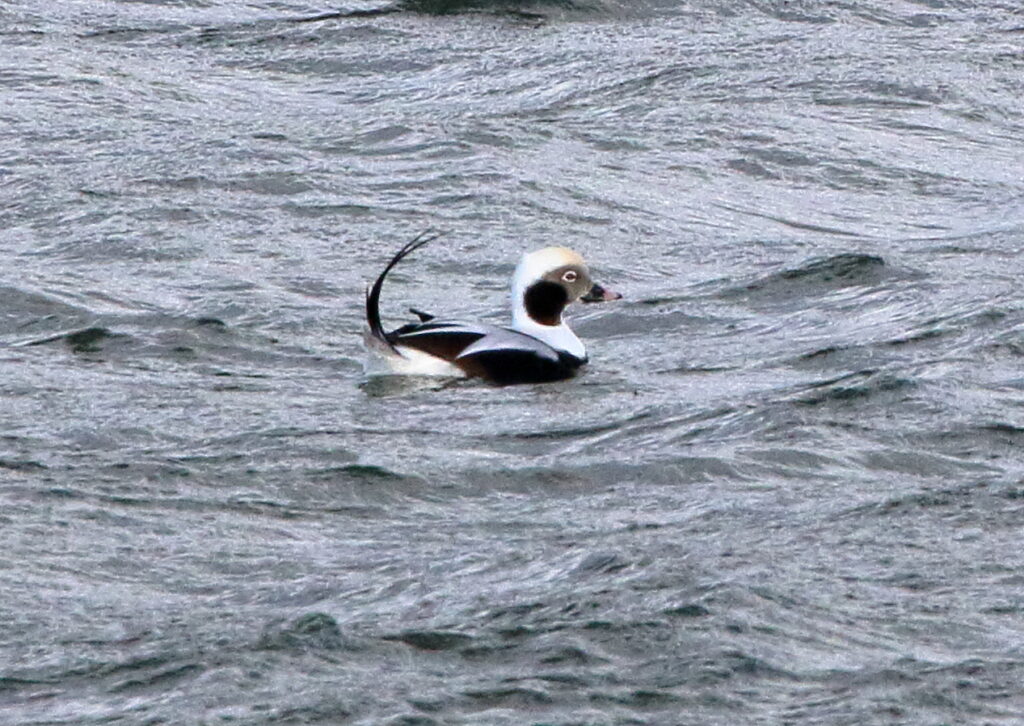
#2
Braden paid for his Number 2 bird, Long-tailed Jaeger (a second cousin to former lead singer for the Rolling Stones) with repeated upchucking over the side of the boat during his summer pelagic boat trip out of Half Moon Bay. After cavorting with a bunch of Sabine’s Gulls, however, this bird took flight and then passed only ten feet above Braden’s head. He celebrated by once again barfing into the sea. Sneed opted for White-tailed Ptarmigan, just one of the coolest birds on the planet, seen during his and Braden’s stunning hike up to Piegan Pass in Glacier National Park in August.
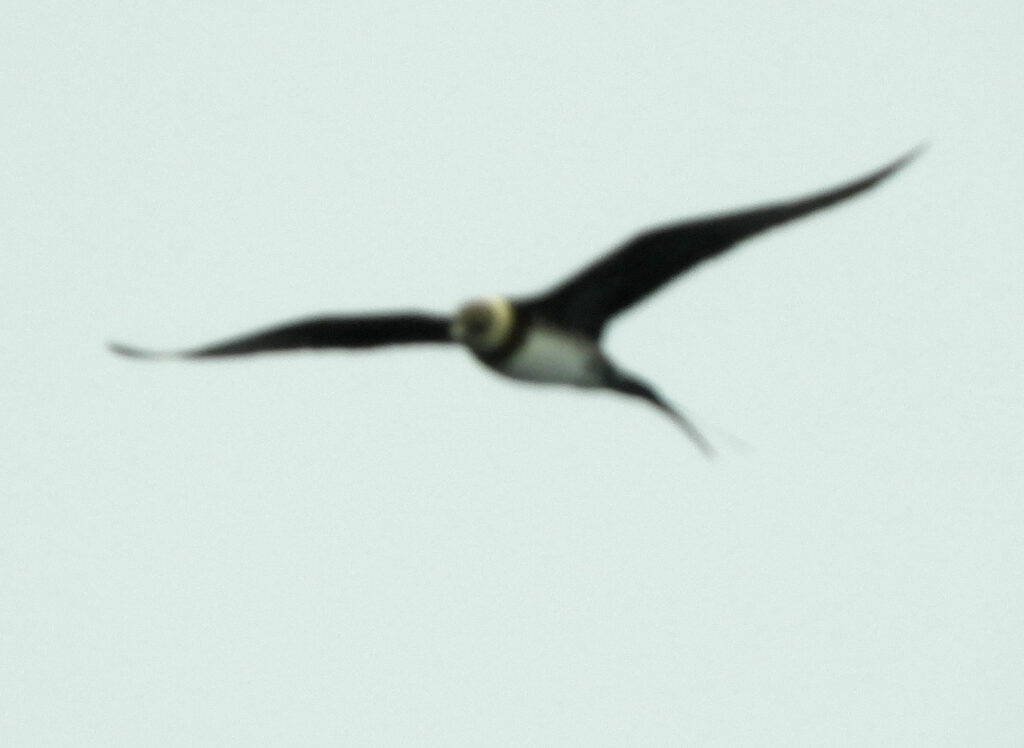
Drum Roll . . . And their Number 1s are . . .
#1
The adventure and thrill of seeking out and finally finding a LeConte’s Thrasher on the east side of the Sierras stayed with Braden strongly enough to make it his Number 1 Bird of 2022! Remarkably, Spotted Owl, which had been only #4 on Sneed’s Arizona Trip list mounted an epic comeback to grab his Number 1 spot!
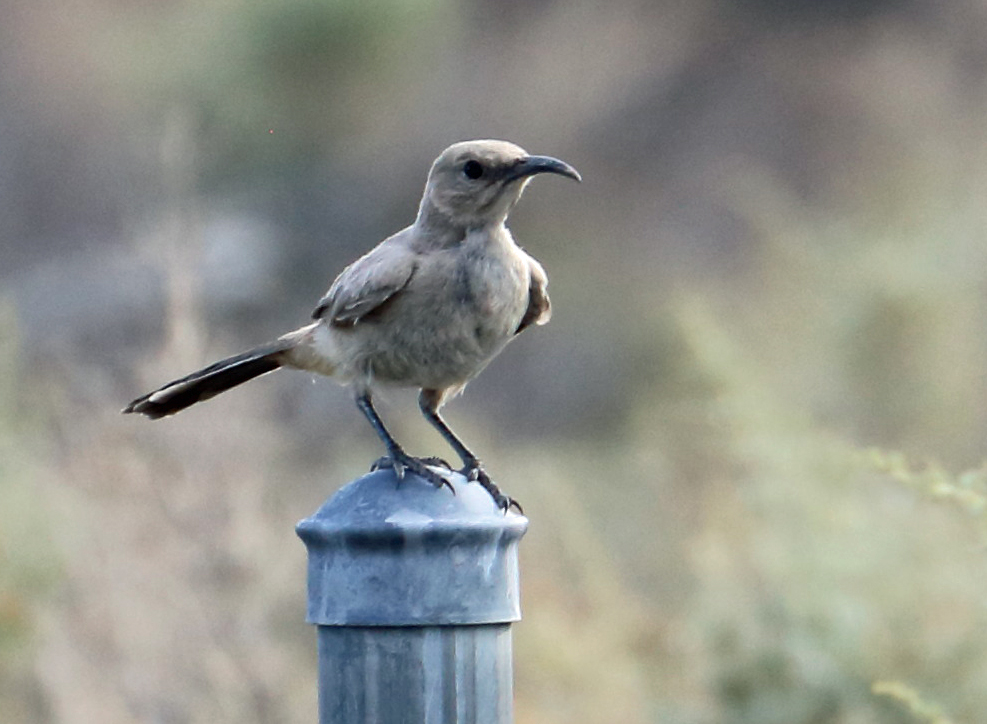
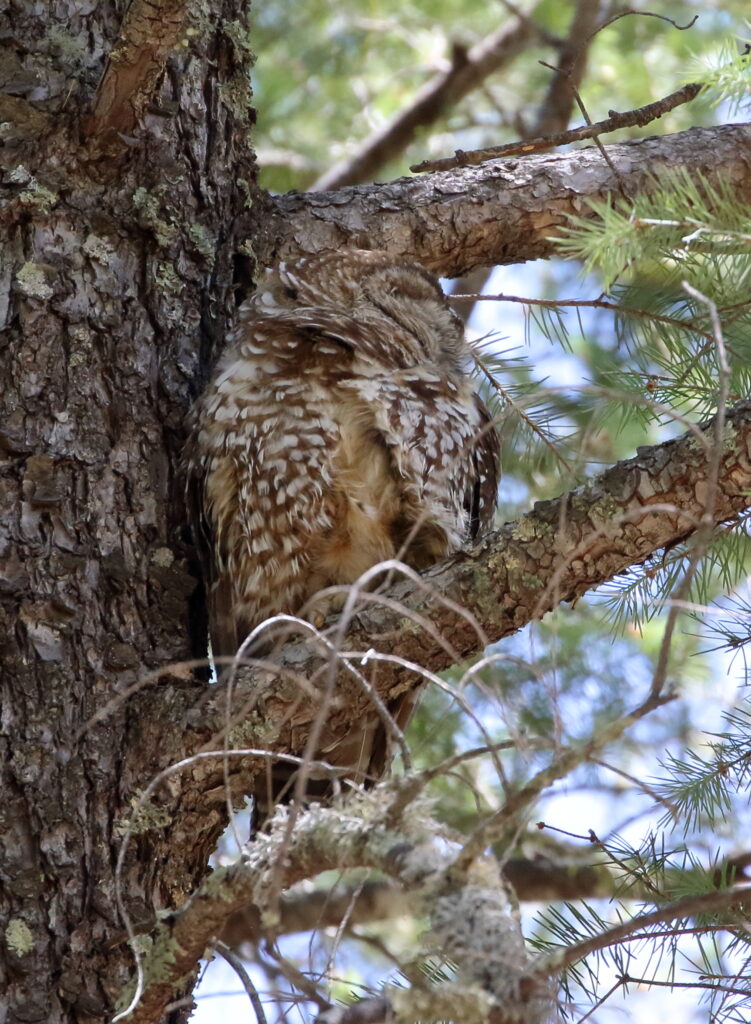
Thanks for tuning in as we’ve relived our top birds. Be sure to click on the links to get the full accounts, and may 2023 generate a memorable list for you, too!

